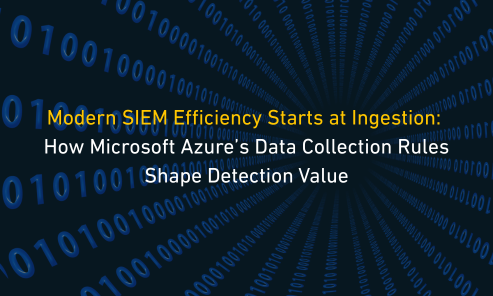RESOURCES

Passwords are inherently vulnerable to a wide range of attack vectors. Their security can only be reliably ensured when combined with additional authentication factors, such as one-time passwords or biometric validation. However, service accounts, which are critical for running services and applications, often lack the proper management of their credentials, leaving them susceptible to security breaches.
In Windows environments with Active Directory (AD) at or above the 2012 Domain level, Group Managed Service Accounts (gMSAs) provide a significant improvement in managing service account credentials. By addressing many of the security risks posed by traditional service accounts, gMSAs offer enhanced protection against a variety of common attack techniques in a typical security breach, including:
• Credential theft
• Credential dumping
• Lateral movement
• Privilege escalation
But how do gMSAs secure service account credentials when passwords are still involved and remain vulnerable to these attack vectors?
Eliminating the Risk of Exposed and Stale Credentials
The first key security advantage of gMSAs is that the password associated with a gMSA is securely stored in Active Directory (AD) and remains hidden from administrators, services, and applications. AD handles all aspects of password management—creation, rotation, and storage—ensuring the credentials stay current and are never exposed.
When a gMSA is used for service or application authentication, its password is securely retrieved from Active Directoryby the Local Security Authority (LSA) and loaded into memory in an encrypted form using the Windows Data Protection API (DPAPI). The password remains in memory only briefly, during the Kerberos authentication process, and is immediately cleared once authentication is complete.
Although DPAPI is a robust encryption mechanism, during the short time the password is loaded into memory for Kerberos authentication, it can be extracted using tools like Mimikatz, but only in its encrypted form. Mimikatz’s DPAPI decryption feature can be used to dump credentials and attempt to decrypt the password. However, this vulnerability exists only in a very short time window, making it difficult for attackers to exploit.
Unlike traditional service accounts, which store passwords in plaintext within configuration files, scripts, or registry settings and keep them persistently in memory, gMSAs provide a significant advantage by reducing the time window for credential dumping. This short-lived exposure ensures that gMSAs are more resilient to credential extraction attacks.
Securing Against Lateral Movement
Lateral movement is another common attack technique, where attackers move across a network by exploiting stolen credentials. This technique often includes methods like pass-the-hash and pass-the-ticket, where attackers use password hashes or Kerberos tickets to authenticate without needing the actual password.
With gMSAs, authentication is managed exclusively through Kerberos and does not rely on NTLM or static passwords. This makes gMSAs inherently immune to Pass-the-Hash attacks. The Kerberos protocol enhances security by using ticket-based authentication, where Service Tickets and Ticket Granting Tickets (TGTs) are issued by Active Directory.
These tickets have time-limited validity, reducing the risk of stolen credentials being used for lateral movement. When a gMSA’s password is changed, which happens automatically through Active Directory’s password rotation, the old tickets are invalidated, further minimizing the risk of exploitation.
While it is still possible for attackers to extract Kerberos tickets from compromised devices, with gMSAs, they have only a limited window in which to exploit the stolen ticket before it expires, effectively reducing the potential impact of lateral movement.
Scoped Devices: Preventing Escalation and Lateral Movement
gMSAs are created with a scoped device list—a defined set of servers or devices that are authorised to use the gMSA. This means that even if an attacker compromises a service account on one machine, they cannot easily escalate privileges or move laterally across the entire network using the same credentials. The attacker would need to compromise additional scoped devices to extend their reach.
This device-scoping feature ensures that even if an attacker successfully exploits one machine, they cannot easily access other critical systems or escalate their privileges without significant additional effort.
In Summary
gMSAs significantly reduce the risk of credential-based attacks and provide enhanced protection against credential theft, credential dumping, lateral movement, and privilege escalation. Even when attackers infiltrate the network, they are left with very limited opportunities to exploit the compromised service accounts due to gMSA’s automatic password rotation, short-lived Kerberos tickets, and device-specific scoping.
gMSAs offer a modern, secure solution for managing service account credentials, addressing many of the inherent vulnerabilities present in traditional service accounts, and making it much more difficult for attackers to move through a network or escalate privileges once they’ve compromised a single service account.
--
Find the full spectrum of our advisory services here: https://cynode.com/services/advisory-and-virtual-ciso-services


















